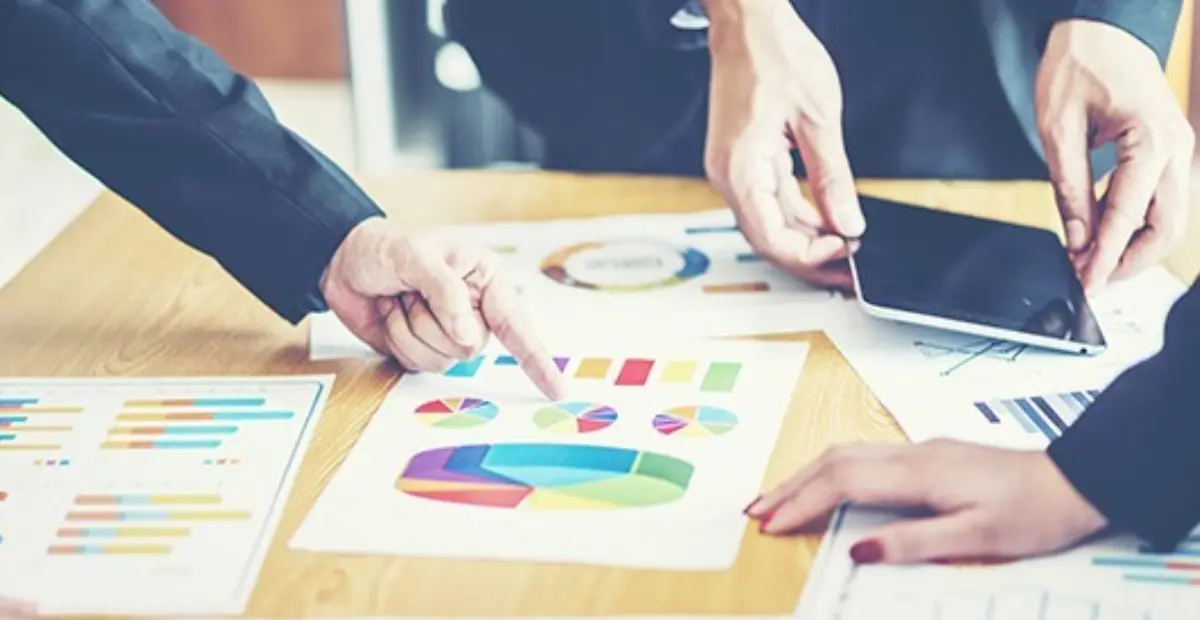Much of our current educational system maintains the late 19th- and early 20th-century methods that build it. At that time, students learned the basics, preparing them for urban life which translated into a job in a factory. The industrial model became more efficient by standardization, which then emerged in the schools. Better students became better workers and citizens. This common goal meant that all students were taught the same thing in the same way.
Today we are faced with a new revolution, one where massive amounts of data are becoming the key feature. This flood of data is improving the industry in ways that the people of the early 20th century could not dream. It is leading to the personalization of many sectors, with Netflix and Amazon being two significant examples. Both of these platforms utilize data from the people using them to customize their experiences. Such data collection now affects every aspect of life in the 21st century, including education.
With computers being used more and more frequently in the classroom, it is becoming more feasible to gather data about how students learn best. This data comes from both the programs the students are interacting with and the observations of teachers in the classroom. Many educational management systems, like Google Classroom and Blackboard, allow teachers to see how often students communicate. Other programs adapt to what students are learning, and how fast they are learning the subject matter.
These technologies provide data that educators can use. This data can be recorded, stored, and used by teachers in future classes to develop plans that adapt to student learning needs. Not only can they adapt to the pace, but they can also adapt to topics that students find more engaging. On a larger scale, districts can use this information to see what curriculum is effective, and what is not. This can help them keep what the students are learning more relevant, and therefore keep them more engaged.
On a larger scale, data collection improves when students learn. There is an experiment going on in California right now that pushes the edges of how data can impact student learning. Information gathers via through Fitbits, cameras, and a variety of other tracking mechanisms and uploaded to a cloud. There, engineers access the data, analyze it, and report it back to the school. Should we teach math before or after lunch? How can we address the restlessness in class that happens at 10 AM every day? These are questions they are trying to solve to see if they can create the ultimate in customization of the educational experience.
Gathering information plays a big part in the Kids Read Now program. The data we collect helps districts see who is participating during the summer, what they are reading, and how that reading affects their test scores. What we have provided shows the impact of our program over time on students and on their ability to read.
The amount of data in a classroom is vast. Utilizing data to improve educational outcomes is being explored at the dawn of the 21st century. Much like industry affected the 20th-century class, data and customization are impacting education in the 21st century. Not only will the collection and customization of data improve state and federal educational metrics, these processes also will optimize the learning experiences for students. The information is all there, just waiting for schools to use.




